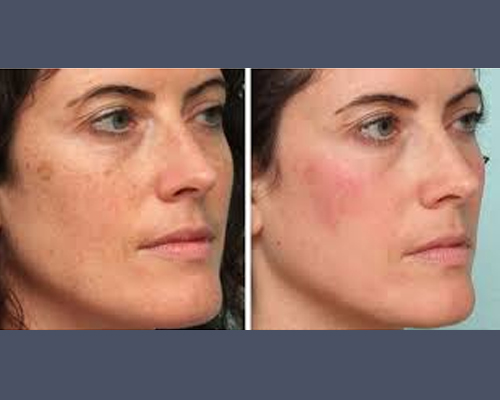
‘Invest in your skin; you will be wearing it every day for the rest of your life’
Skin care should be tailor made
As the largest organ of the body, the skin deserves focused care, tailored to age, skin type and concerns. The need for skin treatments is based on the kind of skin one has which is impacted by various factors like environment, skin type, weather etc.
The importance of skin health
‘A picture says a thousand words’
Similarly the skin of an individual reveals all about one’s age, health and mood. A well maintained skin not only make one look ravishing but it acts as a protective organ.
Skin health and maintenance plans
At DRS, we have offer cutting- edge facials for various types of skin corrections and enhancements.
Our cutting edge facials are customised treatments which are conducted under doctor’s supervision and performed by trained therapists using state-of –the-art tools.
Though the term facial is used commonly, however our cutting edge medical facials are absolutely different from the regular salon treatments which help you to gain long term corrections which can be extended to care for skin anywhere, commonly the décolletage, hands, arms, back or legs.
The cutting edge facials have proved to be very beneficial for young skins to decrease the skin aging.
Skin resurfacing treatments help to restore a more youthful, beautiful complexion by removing the most damaged outer layers of skin to reveal the healthier-looking skin beneath and encouraging new, healthy skin cell growth.
Over time, our skin’s outer layers start to show wear and tear from aging, injury, and environmental factors in the form or wrinkles, scars, age spots and discoloration. Skin resurfacing treatments help to reverse these signs of aging and stress, helping you look younger, and even healthier, in the process.
Cosmetic surgeons use a variety of techniques for skin resurfacing to address a myriad of skin concerns. Choose from the list below to learn more about your options:
Chemical Peel Treatments
The exfoliating chemical is applied directly to the skin. It causes the skin to blister and eventually makes the dead skin cells to peel off. When using a higher concentration of chemicals, it emulates a skin wound causing the body to increase collagen production. The new skin is tighter and helps reduce fine lines, small scars, skin discoloration, and sun damage.
How can a chemical peel help improve my skin?
- Reduce or remove age spots, blotchiness, or discoloration
- Smooth fine lines & wrinkles on the skin’s surface
- Minimize or remove acne scars or milder scars from injury or surgery
- Tighten & tone the skin and brighten the complexion
- Remove keratoses or precancerous growths
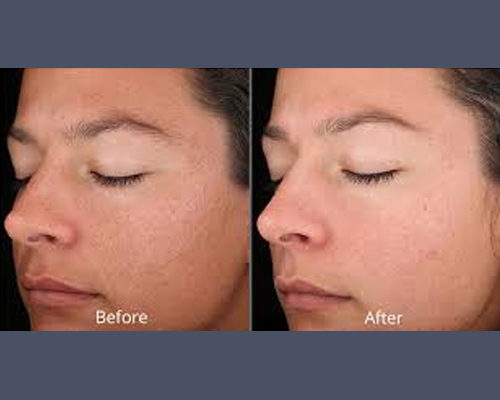
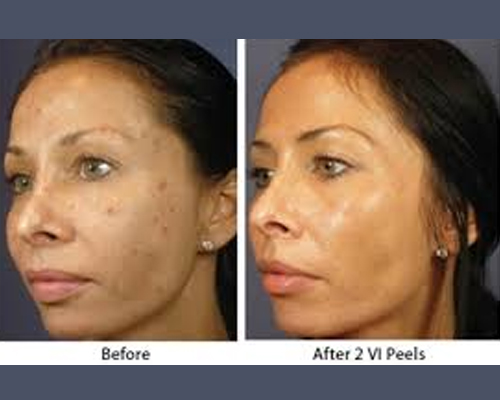

Microdermabrasion
These resurfacing treatments are those that involve mechanical exfoliation, where an instrument is used to slough off outer layers of skin to remove visible skin damage and reveal smoother, healthier and younger looking skin. Such treatments include microdermabrasion and dermabrasion. While they have similar sounding names, each of these treatments works quite differently.
Microdermabrasion is a relatively gentle procedure that can be used on the face, neck, hands or body. During treatment, the area is exfoliated by using a very fine tipped instrument or by applying a fine mist of abrasive particles. The exfoliated skin is then immediately vacuumed away. Unlike some other resurfacing treatments, microdermabrasion is safe for all skin types, carries very little risk for side effects, and requires no downtime.
What can microdermabrasion do to improve skin?
- Minimize fine lines & wrinkles, such as crow’s feet
- Help skincare products work more effectively
- Brighten skin & improve tone
- Reduce age spots or mild acne scars
Microdermabrasion can be performed in the same sessions as a peel or facial to enhance the results. While immediate improvements are usually noticeable, microdermabrasion treatments are often performed in a series to achieve optimal improvements. It is also essential to protect the treated area from the sun, as skin will be more sensitive to sun damage after microdermabrasion.



Dermabrasion
Dermabrasion is a more powerful mechanical resurfacing technique than microdermabrasion. During treatment, a cosmetic surgeon will use a rapidly rotating instrument or blade to precisely remove skin from the treated area layer by layer until the desired depth. Because it reaches more deeply into the skin’s surface, dermabrasion can affect skin pigmentation, and thus is not recommended for every skin type. Typically, patients will receive a topical anesthetic or local anesthesia to ensure comfort during and after the procedure.
What can dermabrasion do to improve skin?
- Minimize vertical lip lines, smile lines, or other facial wrinkles
- Remove acne scars and other blemishes
- Smooth the skin and balance complexion
The purpose of dermabrasion is to remove enough layers of skin to remove the visible concerns and encourage new cell growth. Therefore, the area will be tender and “raw” after treatment. It is essential to keep the area well protected from the sun and follow your cosmetic surgeon’s instructions for keeping the skin free from infection.
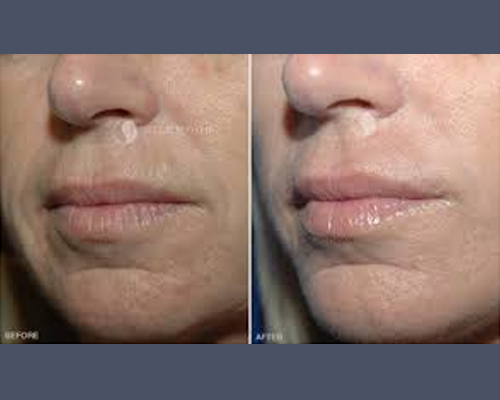
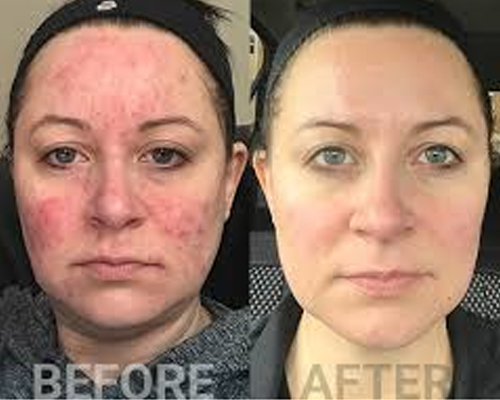

Microneedling
Microneedlingis a skin resurfacing technology that uses the skin’s natural healing process to reduce skin imperfections, treat sun damage, and restore a smoother, clearer complexion. Instead of removing layers of skin with heat or chemicals, microneedling creates microscopic “injuries” in the skin using an instrument containing dozens of very fine, short needles. The “injuries” are not visible to the naked eye, but they do trigger the natural healing response, prompting your skin to produce new collagen and elastin and regenerate new, healthy skin cells.
What skin concerns can microneedling treat?
- Fine lines & wrinkles
- Acne or surgical scars
- Large pore size
- Sun damage, age spots and hyperpigmentation
- Stretch marks
- Rough patches & texture problems
Since microneedling does not remove layers of skin with chemicals or lasers, it is generally safe for all skin types, even darker skin. Additionally, microneedling requires no downtime for most patients, and does not require a post-treatment “peeling” period. However, results may not be as dramatic as what is possible with more aggressive treatments, and multiple microneedling treatments are usually needed to treat specific skin concerns in an area.
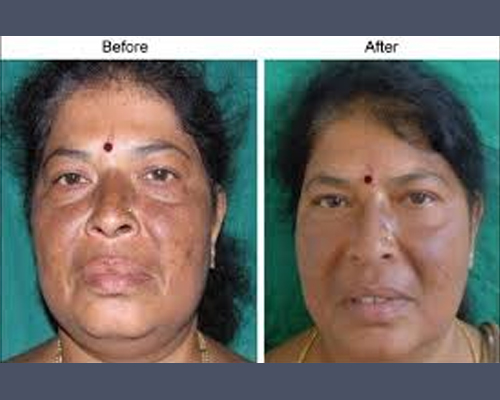
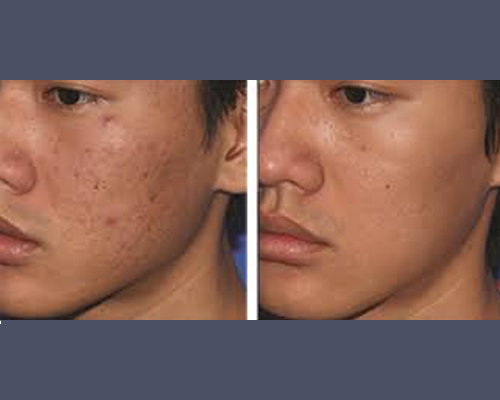

Photofacial or Fotofacial
A photofacial, or “fotofacial,” is a 30-minute procedure in which intense pulses of light are used to penetrate deep into the skin. IPL photorejuvenation then causes collagen and blood vessels below the epidermis to constrict, reducing redness and age lines. The procedure involves only minimal discomfort, while the redness and swelling that sometimes occur after treatment disappear shortly. Most benefits of a photofacial/fotofacial occur gradually in the weeks following treatment. For even greater cosmetic enhancement, patients may also opt for a FotoFacial RF, a procedure that combines radio waves with light waves to achieve excellent results.
What skin concerns can IPL treat?
- Sun damage
- Hyperpigmentation
- Age spots & freckles
- Spider veins
- Redness & rosacea
- Vascular lesions
- Texture problems
- Fine lines
